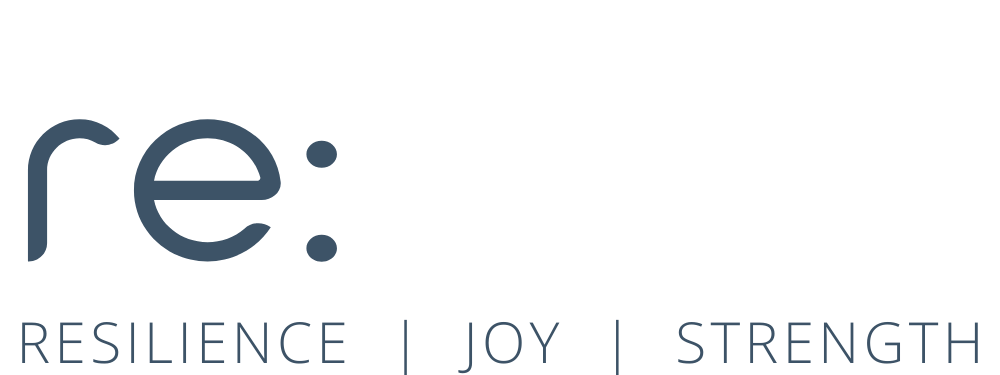Traditional yoga
“The traditional purpose of Yoga, however, has always been to bring about a profound transformation in the person through the transcendence of the ego”
Yoga is an activity that has evolved and changed over time, producing many different styles since its conception. We have heard of Iyengar yoga, Astanga yoga, Hatha yoga, Bikram yoga, Vinyasa yoga, Yin yoga, Hot yoga, Flow yoga, Power yoga, Sivananda, Restorative, Pre Natal, Post Natal …. The list goes on. What this says to me is that the principles of yoga, the original concepts and essential practices of yoga have
Endured over time
Evolved over time
Proven effective in many, many different applications… for many, many varied purposes
Are accessible to all
Are suitable for all
Can be adapted as required to suit an individual’s specific requirements
Yoga is for anyone of any age, and can be practised at any time, wherever you are
Perhaps, for some, there is still considerable mystery about the practice of yoga and therefore some hesitancy to venture into the ‘unknown’.
Yoga is a practice that you can make your own. It is all about you – working for you, from exactly where you are today in health, in mental and in emotional states, taking to you where you would rather be.
The practice of yoga is not only an uplifting way to calm the mind, spirit and body, the practice is specifically focussed on the joining of these three aspects of self that can provide a therapeutic treatment that works towards restoring a healthy balance of nerves, circulation, hormones and digestion. It is this holistic approach that has made yoga an invaluable support to general health and overall wellbeing.
Yoga as therapy
“Physical and mental therapy is one of yoga’s most important achievements. What makes it so powerful and effective is the fact that it works on the holistic principles of harmony and unification. Yoga has succeeded as an alternative form of therapy in diseases such as asthma, diabetes, blood pressure, arthritis, digestive disorders and other aliments of a chronic or constitutional nature where modern science has not. According to medical scientists, yoga therapy is successful because of the balance created in the nervous and endocrine systems, which directly influence all the other systems and organs of the body.
Yoga is simply a means of maintaining health and wellbeing in an increasingly stressful society. Asanas (postures) remove the physical discomfort accumulated during a day at the office sitting in a chair, hunched over a desk. Relaxation techniques help maximise the effectiveness of ever-diminishing time off.”
Regular practice creates physical, mental and emotional balance, openness, intelligence, strength and well-being; bringing body, mind and spirit into ever-greater harmony and health.
“Not being a natural candidate for yoga, or in fact any activity that requires co-ordination, it took some time for me to pluck up the courage to attend one of Nicky’s classes. Some 12 months on and I am a convert. My recurring back troubles have significantly improved and the friendly, relaxed atmosphere of the classes mean that even those of us who are challenged when it comes to co-ordination are made to feel totally welcome. I would have no hesitation in recommending Nicky to anyone.”



